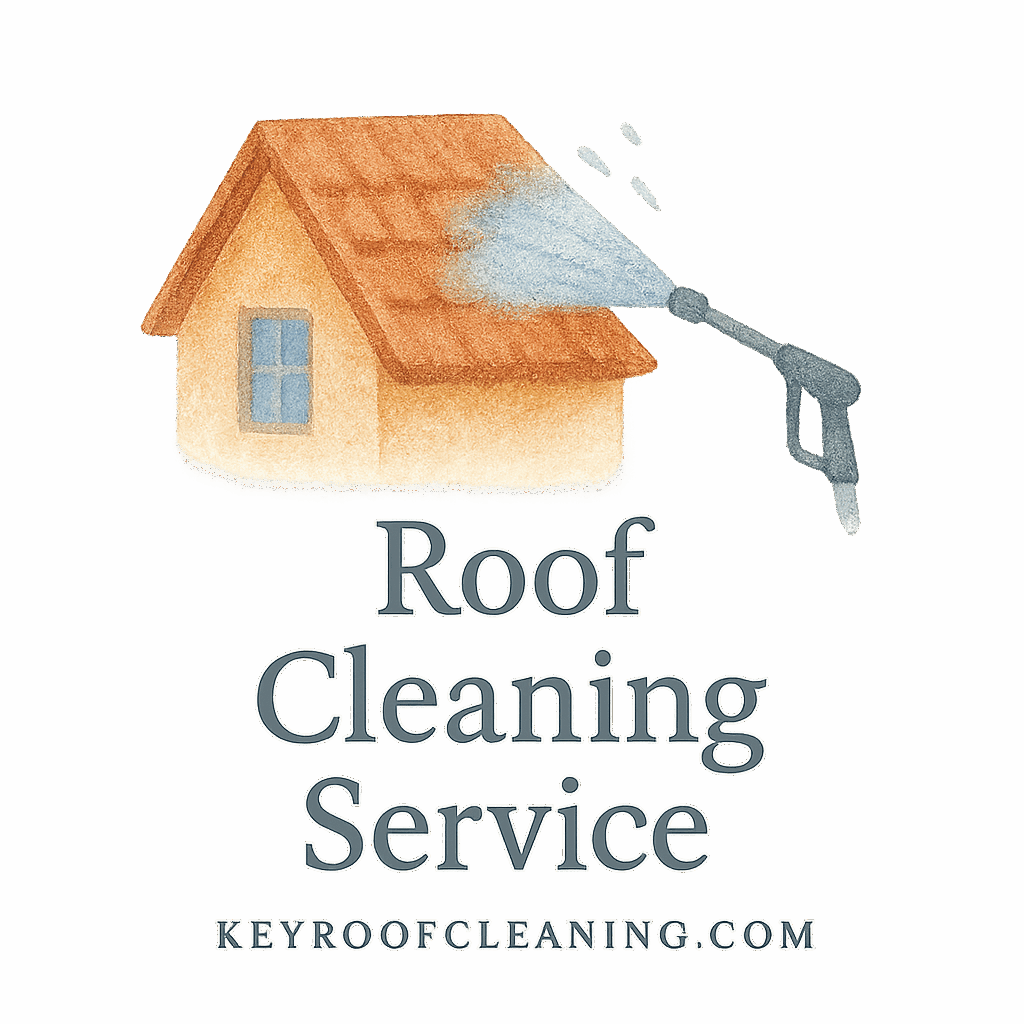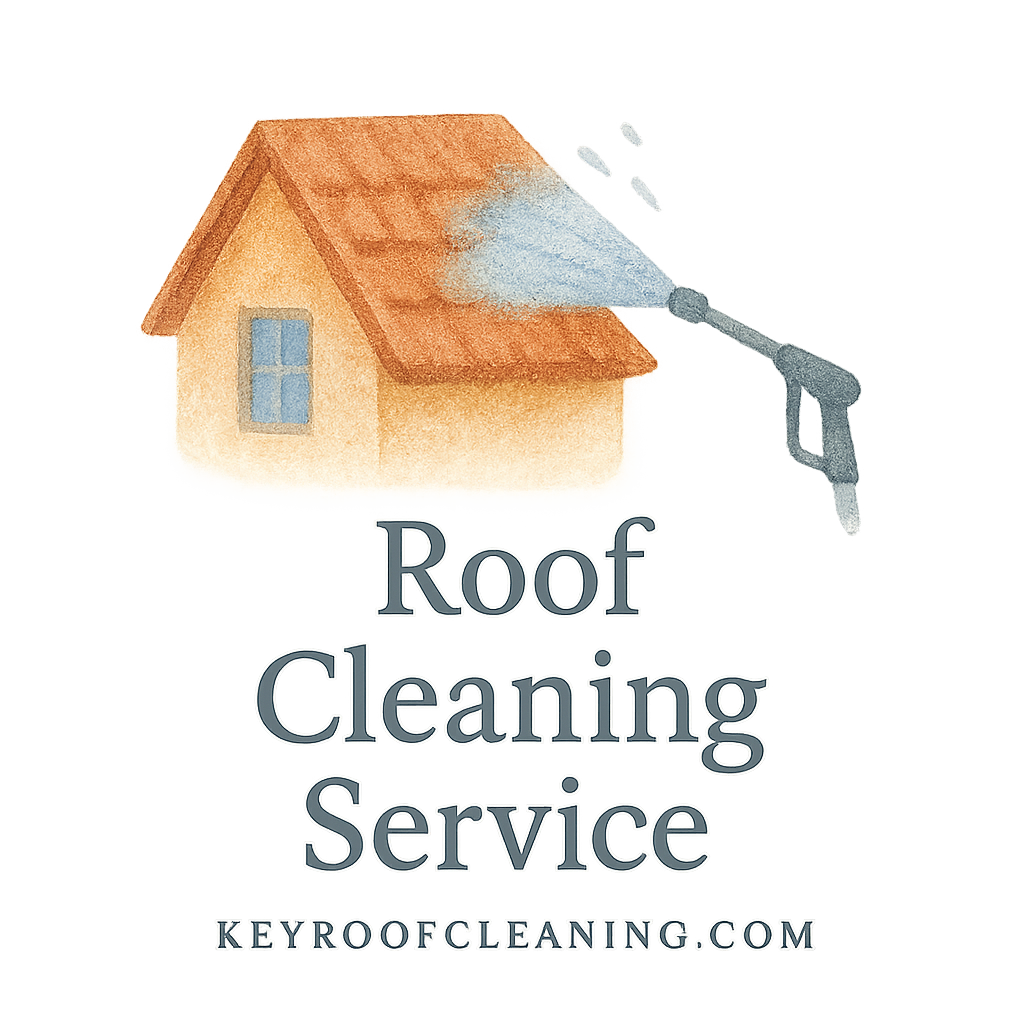Introduction
Ever wondered how professional roof cleaners get the job done so efficiently? It’s not just elbow grease—it’s the right tools that make the difference. Whether you’re a DIY enthusiast or thinking about hiring a pro, knowing which tools professionals always bring to the job can give you a deeper appreciation for the craft (and maybe save your shingles, too).
Let’s dive into the top 10 roof cleaning tools that every seasoned expert keeps in their arsenal.
Why Roof Cleaning Is Important
A dirty roof doesn’t just look bad—it can also be a gateway to costly damage. Mold, algae, moss, and debris can degrade your roof materials, shorten their lifespan, and lead to leaks or structural problems.
Learn more about the basics of roof cleaning to see why this task isn’t one to overlook.
What Makes Professional Roof Cleaning Different?
Experience Meets Equipment
Anyone can climb up with a hose and a brush—but that’s not enough. Professionals use specialized tools and methods that clean thoroughly without damaging your roof.
Safety First—Always
Pros follow OSHA guidelines and use secure equipment to reduce risks. They also know the importance of ladder safety and working with delicate roofs.
1. Pressure Washer
Best for Tough Stains
A pressure washer is a staple in any professional’s toolkit. It’s powerful, efficient, and ideal for removing thick layers of grime, mold, or moss—especially on concrete tile or metal roofs.
But here’s the thing…
When Not to Use It
Pressure washers can damage shingles, wood shakes, and other delicate roof materials. That’s why professionals often switch between tools depending on the roof type. Always check the roof types and materials guide before use.
2. Soft Wash System
Gentle Yet Effective
For asphalt shingles and other sensitive materials, pros use a soft wash system. This low-pressure approach applies cleaning solutions gently and safely.
Ideal for Delicate Roofs
It’s a favorite for those looking to maintain roof integrity while still removing algae and mold. Learn about green methods used in this process.
3. Eco-Friendly Cleaning Solutions
Biodegradable and Safe for the Environment
Cleaning your roof doesn’t have to mean harming the planet. That’s why pros carry eco-friendly and biodegradable solutions designed to break down grime without leaving harmful residues.
These are especially important for homes near gardens or waterways. If you’re into green living, ask your cleaner about what solutions they use.

4. Roof Cleaning Brushes
Scrub Away the Grime
Not every stain gives up easily. That’s where roof cleaning brushes come in. These heavy-duty brushes are perfect for scrubbing away moss or lichen without tearing up shingles.
Types of Brushes Used
From stiff nylon to gentle boar hair, the type of brush depends on the job. Check the roof cleaning techniques section to see what works best for your roof.
5. Ladder with Stabilizers
Safe Climbing, Stable Cleaning
Ladders aren’t just ladders when you’re working on a roof. Professionals use ladders with stabilizer bars to prevent slipping and protect gutters from damage.
Ladder Safety Tips
Always place the ladder on level ground and tie it off when possible. Many follow a checklist before beginning any job to ensure maximum safety.
6. Safety Harness and PPE
OSHA-Compliant Safety Gear
Professional roof cleaners never step foot on a roof without a harness. It’s all part of their commitment to accident prevention and staying OSHA-compliant.
Accident Prevention is Key
From helmets and gloves to grippy shoes and safety glasses, maintenance and safety matter just as much as a clean roof.
7. Leaf Blower or Air Mover
Dry It Out, Blow It Off
Believe it or not, a leaf blower can be a roof cleaner’s best friend. It’s used to blow off debris before washing and to dry surfaces quickly afterward.
This is particularly handy in humid climates where mold loves to grow.
8. Gutter Cleaning Tools
Clearing the Pathway for Water Flow
Clogged gutters can lead to overflow and even water damage. Professionals use scoopers, hose attachments, and camera systems to keep those channels clean.
Proper gutter maintenance is part of a complete roof cleaning solution.
9. Roof Inspection Drone or Camera
Seeing the Unseen
Before they even touch a shingle, pros often send up a drone or camera to inspect the roof. This helps spot hidden damage or problem areas, ensuring a safe and efficient job.
It’s also a great tool for professional services offering photo proof of their work.
10. Chemical Sprayers
Even Application for Best Results
From eco-cleaners to moss-killers, a good chemical sprayer ensures even application over the roof surface. These tools are designed to handle harsh substances safely and minimize overspray.
Make sure the chemicals used align with environmentally-friendly standards.
The Professional’s Roof Cleaning Checklist
Before tackling any roof, pros follow a strict protocol:
- Inspect the roof (via drone or visual)
- Choose tools based on roof material
- Check ladder placement and PPE
- Apply biodegradable cleaners
- Use soft wash or brush as needed
- Rinse thoroughly
- Clean gutters and surrounding area
For more, refer to this complete roof cleaning checklist.
Conclusion
Roof cleaning isn’t just about looks—it’s about preserving your home’s health and value. The right tools not only make the job easier but also safer and more effective. Whether you’re hiring a professional or doing it yourself, understanding these tools gives you the confidence to protect your biggest investment—your home.
Explore more professional tips and tools at Key Roof Cleaning and see how the right approach makes all the difference.
FAQs
1. What is the best tool for roof cleaning?
It depends on your roof type. For hard surfaces, a pressure washer is great. For delicate roofs, a soft wash system is safer.
2. Are eco-friendly cleaning products effective?
Yes, modern eco-friendly cleaners are powerful and safe for your roof, garden, and pets.
3. Can I clean my roof without climbing it?
You can use extension tools or even hire a pro with a drone and remote sprayers. But physical inspection is often necessary.
4. How often should I clean my roof?
At least once a year or when you notice visible algae, moss, or buildup.
5. Is roof cleaning dangerous?
It can be without the proper gear. Always prioritize safety and ladder precautions.
6. Will pressure washing damage shingles?
Yes, if done incorrectly. That’s why pros opt for soft wash on asphalt shingles.
7. Should I hire a professional?
Yes—especially for larger homes, steep roofs, or complex jobs. Read our hiring tips before you do.


